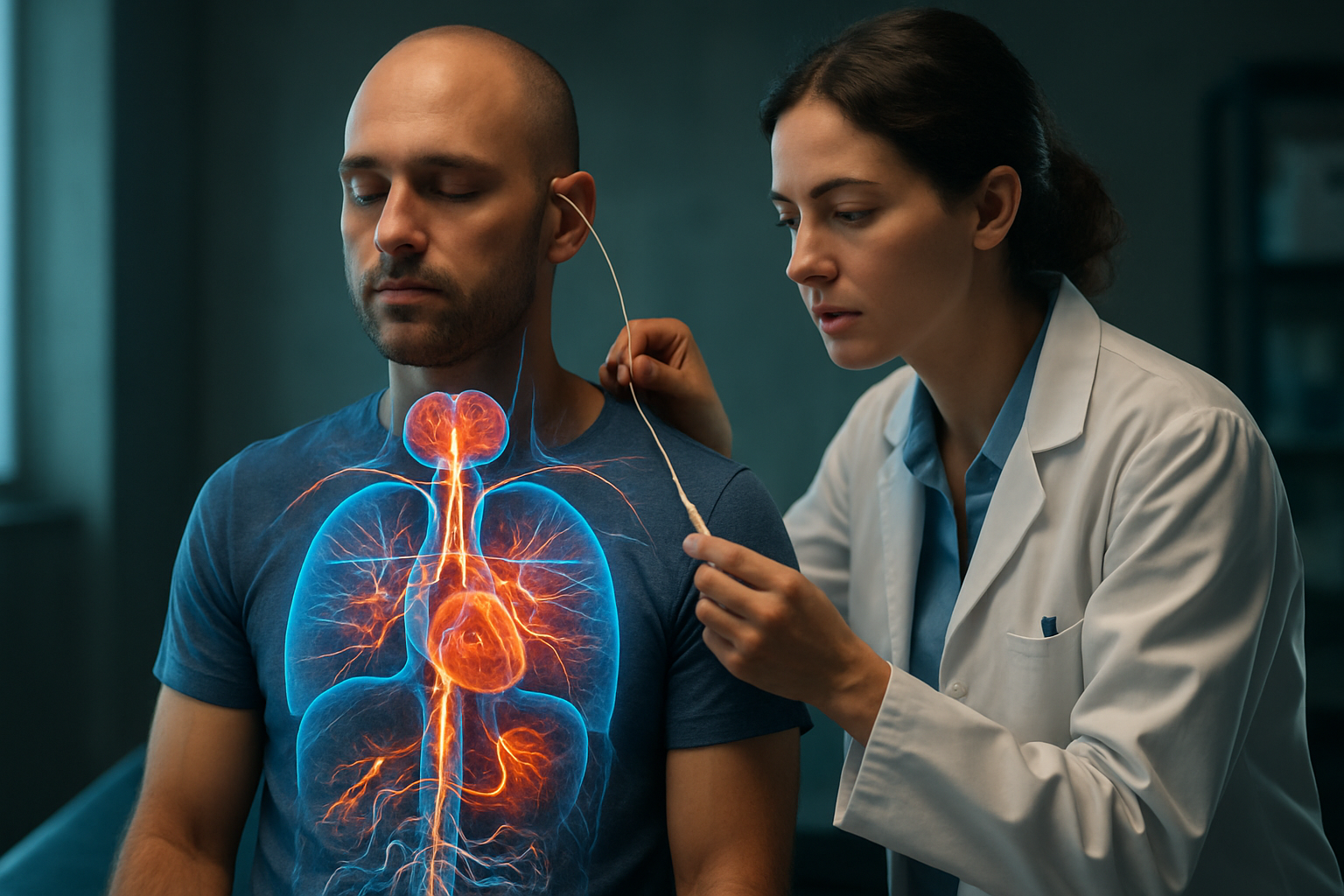How to Recognise Early Signs of Blood Clots
How people commonly recognise early signs of blood clots, focusing on symptoms linked with deep vein thrombosis (DVT) in the leg and pulmonary embolism (PE) in the lungs. Typical leg clues include pain or tenderness (often in one calf or thigh), swelling, warm skin and colour changes; chest-related warning signs can include sudden shortness of breath, chest pain that worsens on breathing in and coughing up blood. The article outlines what to monitor, practical next steps, and how to use NHS 111 or emergency services appropriately. It is informational only and does not provide a diagnosis or medical advice. Always verify details on NHS websites and speak to a healthcare professional if concerned.

Common DVT Leg Signs and How People Monitor Them
Deep vein thrombosis (DVT) typically develops in the legs, particularly in the calf or thigh muscles. The most frequent signs include persistent leg pain that often feels like cramping or soreness, swelling in one leg that doesn’t subside with elevation, and skin that feels warm to the touch around the affected area. The skin may also appear red or discoloured, ranging from pale to bluish-purple.
People can monitor these symptoms by regularly checking both legs for asymmetry in size, temperature, and appearance. Pay attention to unexplained leg pain that worsens when walking or standing, especially if it’s accompanied by swelling. Many individuals describe DVT pain as different from typical muscle soreness - it tends to be more persistent and doesn’t improve with rest or gentle stretching.
Pulmonary Embolism Warning Signs and When to Seek Urgent Help
Pulmonary embolism occurs when a blood clot travels to the lungs, creating a medical emergency. Key warning signs include sudden shortness of breath that appears without obvious cause, sharp chest pain that may worsen with deep breathing or coughing, and rapid heart rate. Additional symptoms can include lightheadedness, fainting, excessive sweating, and coughing up blood.
These symptoms require immediate medical attention. Pulmonary embolism can be fatal if not treated promptly, so don’t hesitate to seek emergency care if you experience sudden breathing difficulties, especially if combined with chest pain. The condition can develop rapidly, and early intervention with anticoagulant medications or other treatments significantly improves outcomes.
When to Use NHS 111 vs Calling 999 in the UK
Understanding when to contact NHS 111 versus calling 999 can ensure you receive appropriate care without delay. Call 999 immediately if you experience severe chest pain, significant breathing difficulties, loss of consciousness, or if you’re coughing up blood. These symptoms suggest a potential pulmonary embolism requiring emergency treatment.
Contact NHS 111 for suspected DVT symptoms such as leg swelling, persistent leg pain, or skin discolouration that develops gradually. NHS 111 can provide guidance on whether you need same-day assessment at an urgent care centre or if the situation requires emergency attention. They can also advise on pain management and monitoring techniques while you await medical evaluation.
Everyday Risk-Reduction Tips After Immobility or Procedures
Prolonged immobility increases blood clot risk, whether from long-haul flights, bed rest after surgery, or extended periods of sitting. Simple exercises can significantly reduce this risk. Perform ankle circles and calf raises every hour during long journeys, and take regular walking breaks when possible.
After surgical procedures, follow your healthcare provider’s mobility recommendations carefully. This typically includes early mobilisation, wearing compression stockings as prescribed, and performing recommended exercises. Stay well-hydrated, avoid crossing your legs for extended periods, and consider graduated compression stockings during long flights or car journeys. If you’re at higher risk due to family history or previous clots, discuss preventive measures with your GP.
Conclusion
Recognising blood clot symptoms early can prevent serious complications and save lives. Pay attention to persistent leg pain, swelling, sudden breathing difficulties, or chest pain, and don’t hesitate to seek medical help when these symptoms appear. Understanding the difference between emergency and urgent care needs ensures you receive appropriate treatment promptly. Remember that prevention through regular movement, proper hydration, and following medical advice after procedures or during periods of immobility remains your best defence against blood clots.
This article is for informational purposes only and should not be considered medical advice. Please consult a qualified healthcare professional for personalized guidance and treatment.




